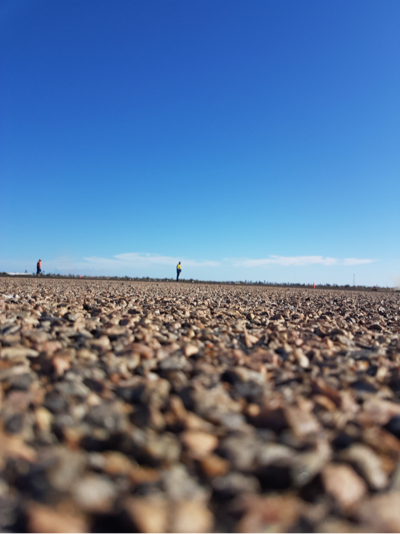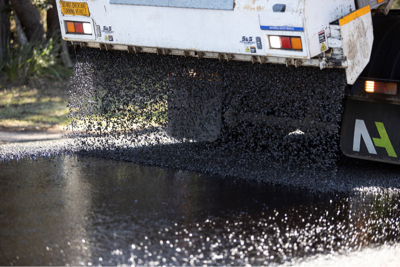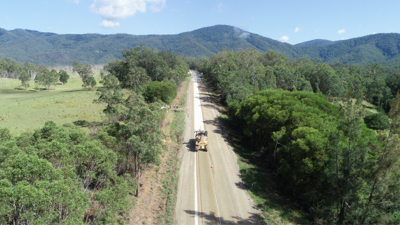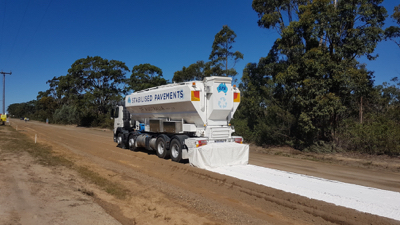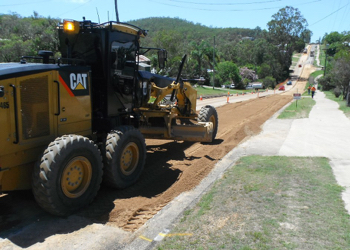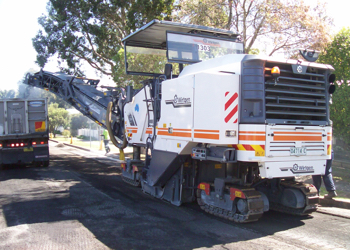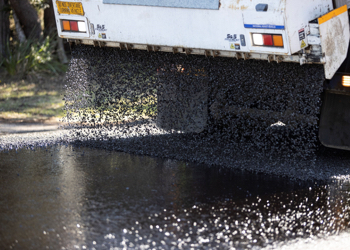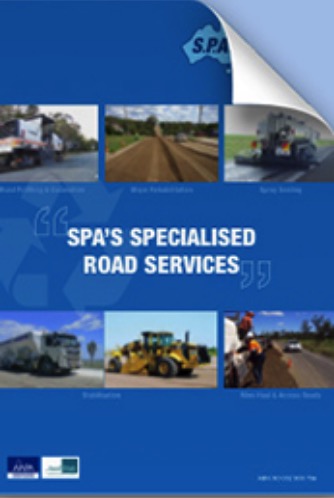Pavement Recycling and Insitu Stabilisation
Road recycling is a process that has been widely adopted for rehabilitation of road assets throughout the pavement industry for over 60 years. Road recycling is not only a cost effective process but generally offers construction time savings and sustainable solutions.
Environmental benefits of road recycling often include the following aspects:
- Significant reduction in the use of virgin quarry materials
- Minimal generation of construction waste through the reuse of existing insitu material
- Reduced trucking movements as a result of limited importing or exporting of materials form site
- Reduction in emissions, energy use and noise due to less trucking movements and shorter construction duration
With one of the largest fleet of stabilisation plant within Australasia, SPA has the ability to provide road recycling solutions in any project environment or material type.
Our engineering staff can assist in developing a suitable investigation and design process to ensure we deliver long term rehabilitation solutions within your assets. Please refer to our section on stabilisation methods below to identify what stabilisation methods may be applicable for your project.
From cement stabilisation in moderately trafficked roads, to the use of foamed bitumen within heavily trafficked pavements, we can provide rehabilitation options for any circumstance. Examples of previous projects encompassing pavement recycling and insitu stabilisation can be found within our projects section of the website.
Pavement Recycling and Insitu Stabilisation Solutions
At SPA, the combination of our experience, engineering skills and range of plant and equipment enables us to service the market with a various stabilisation methods. Drawn from the basis that stabilisation is the process of improving or modifying any soil or pavement material, we are able to offer solutions for all pavement applications.
Basecourse
Foamed bitumen
Foamed bitumen is a cost effective solution for medium to heavy traffic environments that feature good quality, well graded granular materials.
Subbase
Basegrade Stabilisation
Subgrade
Unsealed Roads
Formation Improvement
Enclosed Integrated Spreading System (EISS)
Environmental Solutions
Dry Powdered Polymers
Granular

